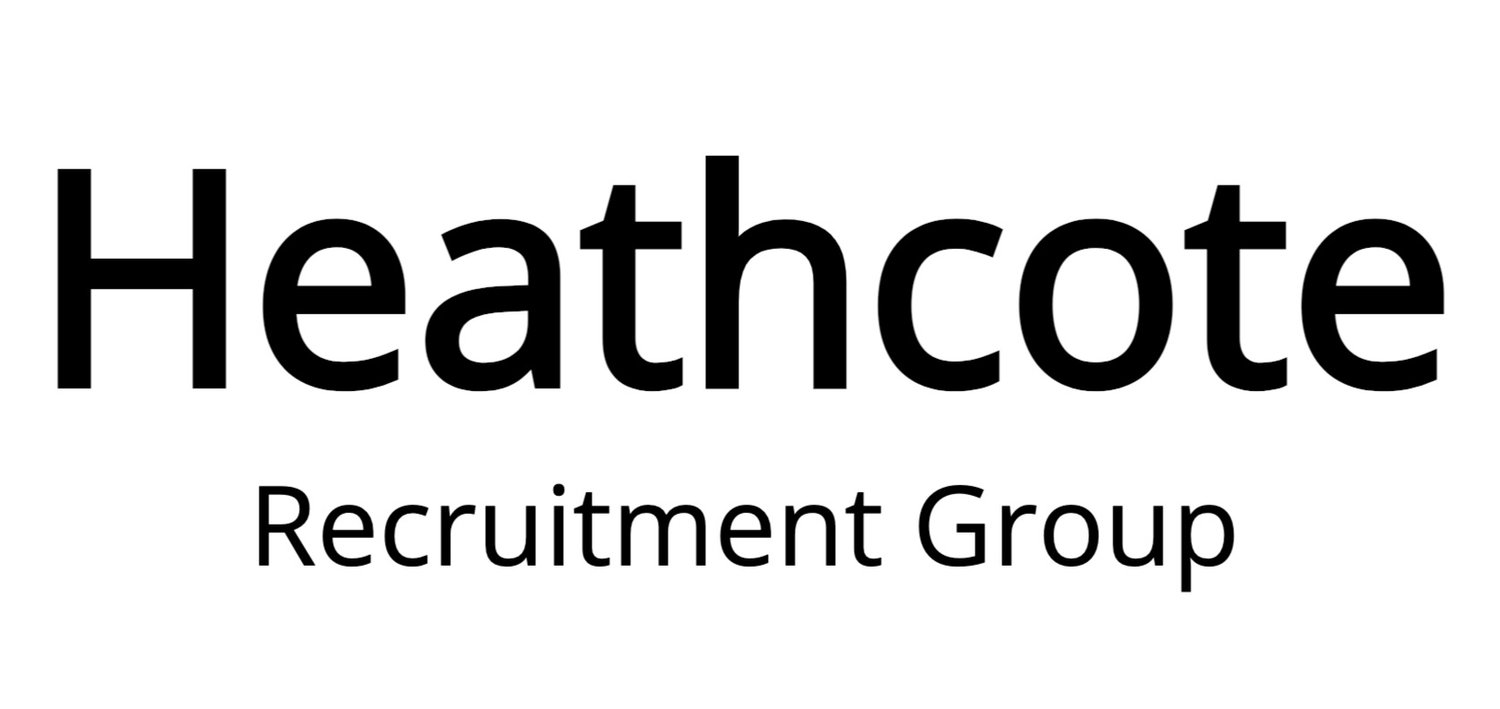For a small business or start-up, promoting any commercial news or success is likely to be a crucial part of marketing your services. But PR can be costly and a real luxury for most burgeoning companies.
PR companies can add huge value when done correctly, particularly if the right strategy and press releases are managed effectively. But, unless you spend thousands per year on a retainer, you are unlikely to receive much more than a few press releases (on most occasions) for your valuable money.
However, there are some DIY options to do PR in house. The good news is that there is nobody more qualified to talk about the business than the owners and directors themselves. Of course, developing a successful PR strategy will take time and resources, but costs can certainly be saved – and the increased customer awareness and increased sales you get in return should be worth it.
All good PR writers are good PR readers
The expression is definitely true in PR: to be a good writer, you need to be a good reader. Set aside at least 15 minutes a day to read the news. Learn about media outlets, key reporters, your competitors and how they're talking about themselves. This will help you understand the major media influencers in your industry and start building the connections you need to reach those people.
Respect the journalists
Engage with key journalists well in advance. If you’ve never spoken to a reporter before and suddenly you email them out of the blue asking for coverage, chances are that they won’t be engaged to publish it. Try and get to know any journalists you think will be able to help your PR strategy and send them some praise if there’s an opportunity. Even things such as Twitter retweets or giving them compliments will help your cause.
Journalists will always want to be the recipient of a good story, but unless yours stands out from the crowd, there may be little other reason for your release to be published.
Avoid clichés and jargon
It’s wise to avoid clichés and marketing talk. Phrases like "game changing," "cutting edge," and "disruption" will encourage reporters to switch off immediately. If a journalist is not interested, then your story won’t be published, and nobody will ever read it.
Write about your company the way that you think it will be covered. If you want your story to appear in your local newspaper, try and emulate the kinds of language being used in that publication.
Write a compelling headline
Think of a headline as your pitch. Try and create a compelling subject line to grab your reporter’s attention and in turn the consumer’s. The headline should be punchy and be short enough to read from a smartphone. However, it should still be informative and inviting to encourage further reading. Including words such as ‘new’ or ‘growth’ or ‘success’ could (although not always) help you pass the journalist’s vetting process.
Reverse engineer a successful press release
A successful press release is not just one that you enjoy reading, but one that resembles those covered widely in your industry.
By studying similar press releases that have achieved good coverage by your preferred media outlets, you should be able to make an effective template for yourself. Break down the winning press release into sections and try and understand why they are successful. By emulating success, you’ll give yourself the best chance of achieving the results you desire – so long as there’s no plagiarism!

